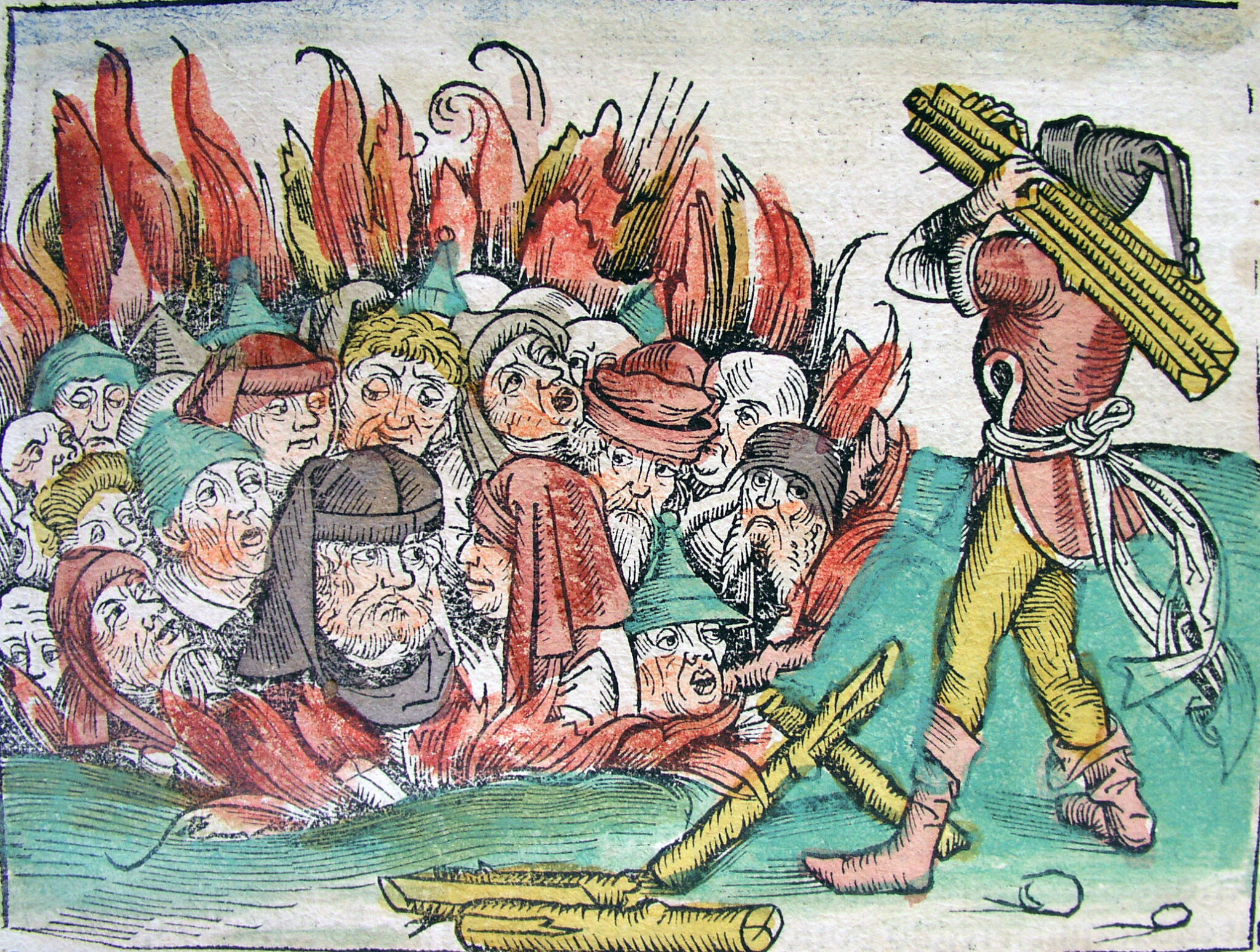
Today in Labor History January 9, 1349: The residents of Basel, Switzerland rounded up and imprisoned all the Jewish residents of the city. Then they set fire to them, slaughtering as many as 100 people in the Basel Massacre. They thought the Jews had caused the Black Death by poisoning the wells. The victims of the massacre were members of Basel’s first Jewish community. They were primarily tradesmen, doctors, scribes and moneylenders who served the nobility.
1800s

Today in Labor History January 9, 1816: Humphry Davy tested his new safety lamp for coal miners. The Davy lamp was one of the early safety lamps, designed to minimize igniting flammable gasses inside the mines. Davy designed it with a wick enclosed inside a wire mesh screen.
Today in Labor History January 9, 1883: The trial continued in Lyon, France, for the 68 anarchists accused of inciting workers’ strikes and the abolition of property. The anarchists included Peter Kropotkin, Emile Gautier, Toussaint Bordat and Joseph Bernard.
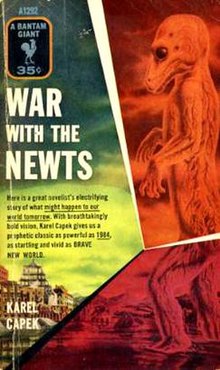
Today in Labor History January 9, 1890: Karel Capek was born in Bohemia, Austria-Hungry (now Czech Republic). He was an internationally renowned Czech novelist, short-story writer, playwright and essayist. Two of his best-known works include “R.U.R” (Rossum’s Universal Robots), which first introduced the word “robot,” to the English language, and “War With the Newts,” which satirized fascism and totalitarianism.
1905
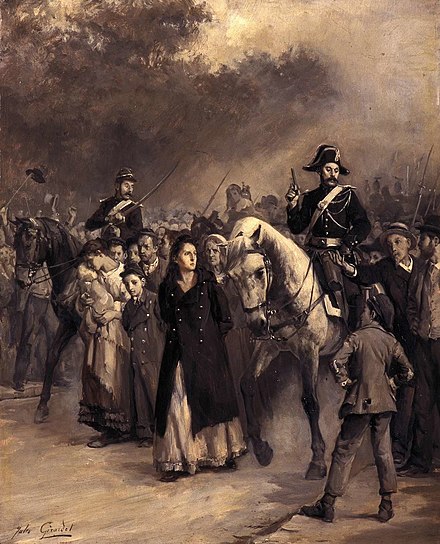
Today in Labor History January 9, 1905: French anarchist Louise Michel died from wounds after an assassin shot her in the ear. Michel was a leader in the Paris Commune and cofounder of the Women’s Battalion. She also cofounded the journal “Le Libertaire,” with Sebastien Faure. 100,000 mourners attended her funeral. Before the Commune, she was a school teacher. After the Commune, while in prison, she wrote children’s books.
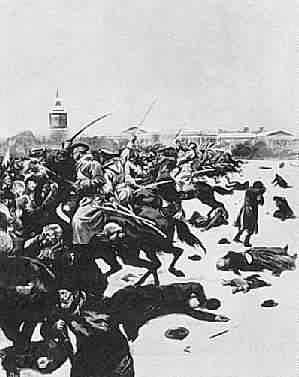
Today in Labor History January 9, 1905: Russia’s “Bloody Sunday” occurred, with soldiers of the Imperial Guard opening fire on unarmed protesters as they marched toward the Winter Palace. They killed as many as 234 people and injured up to 800. They also arrested nearly 7,300 people.
The people were demanding better working conditions and pay, an end to the Russo-Japanese War and universal suffrage. Bolsheviks and Mensheviks opposed the march because it lacked revolutionary demands. The public was so outraged by the massacre that uprisings broke out in Moscow, Warsaw, Riga, Vilna and other parts of the empire. Over 400,000 participated in a General Strike. Protests and uprisings continued for months. The backlash was horrific. The authorities killed 15,000 peasants and sent 45,000 into exile. Another 20,000 were seriously injured. Shostakovich’s 11th Symphony is subtitled “The Year 1905.” Maxim Gorky’s novel, “The Life of a Useless Man,” depicts Bloody Sunday.
1910s-1930s
Today in Labor History January 9, 1918: The U.S. Army fought its last battle against the Indigenous people of the U.S. in the Battle of Bear Valley, in Arizona.
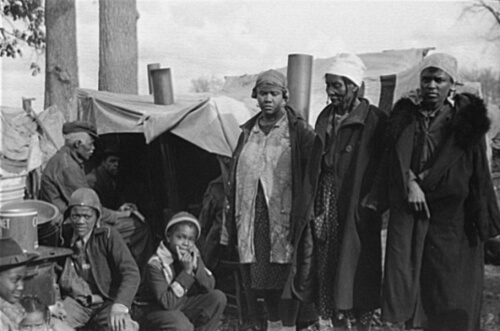
January 9, 1939: The Southern Tenant Farmers’ Union organized a sit-in of 1,700 farmers along a Missouri Highway. Over the preceding decade, they had suffered from crop failures, poverty, deleterious effects of New Deal agricultural policies and mechanization of cotton production. Then the landlords started replacing them with day laborers, forcing them to become migrant workers.